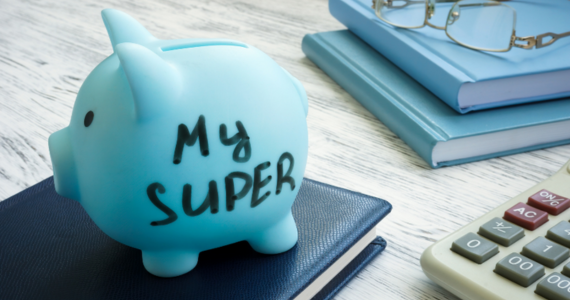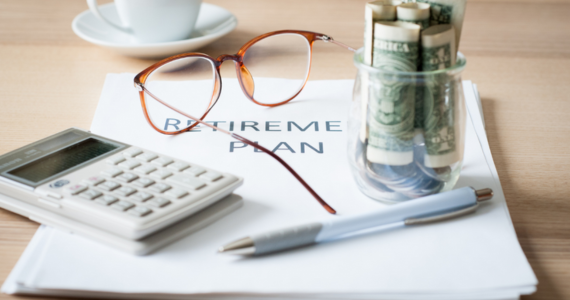Resilience is the ability to quickly recover from setbacks, and while setbacks can come in many forms most of them will have a financial component. So, what can you do to build financial resilience?

Expect the unexpected
Rarely do we get advance warning that something bad is about to happen to us, so the time to develop your resilience strategy is now. While we don’t know the specifics, we can anticipate the type of events that may throw our finances into disarray. A house fire or a car stolen. Being unable to work due to illness or injury. The death of a breadwinner or caregiver.
With some idea of the types of potential threats we may encounter, we may be able to insure against some of them. If you have taken out any type of insurance policy you’ve already made a start on your resilience plan.
Create buffers
You can’t insure against every possibility, but you can build financial buffers. This might simply be a savings account you earmark as your emergency fund that you contribute to each payday. If your home loan offers a redraw facility you can also create a buffer by getting ahead on your mortgage repayments.
Buffers can be particularly important for retirees. If you need to sell your assets during a market downturn, this can reduce how long your money will last. Maintaining a cash buffer can mean you’re not forced to sell your assets during market downturns1.
Cut costs
The internet abounds with tips on how to cut costs and save money. In difficult economic times cost cutting can help you maintain your financial buffers and important insurances.
Key to cost cutting is tracking your income and expenditure and yes, that means doing a budget. Finding the right budgeting app for you can make this process simpler, and help you make more mindful choices about your spending.
Invest in quality
There are many companies out there that have long track records of consistently pumping out profits and dividends. They may not be as exciting (i.e. volatile) as the latest techno fad stocks but when markets get the jitters these blue-chip companies are more likely to maintain their value.
This is important. The more volatile a portfolio, the more likely an investor is to sell down into a declining market. This means your losses are realised, and deprives you of the opportunity to ride the market back up again.
The other key tool in creating resilient portfolios is diversification. Buying a range of investments within and across the major asset classes is a fundamental strategy for managing portfolio volatility.
With a well-diversified portfolio of quality assets there is less need to regularly buy and sell individual investments. Unnecessary trading can create ‘tax drag’ where the realisation of even a marginal capital gain triggers a capital gains tax event and consequent reduction in yhe value of your investment.
Take advice
Building financial resilience can be a complicated process requiring an understanding of a range of issues that need to be balanced against one another and prioritised.
As your financial planner, we are ideally placed to assist you in developing your own, personalised plan for financial resilience.
The information contained in this article is general information only. It is not intended to be a recommendation, offer, advice or invitation to purchase, sell or otherwise deal in securities or other investments. Before making any decision in respect to a financial product, you should seek advice from an appropriately qualified professional. We believe that the information contained in this document is accurate. However, we are not specifically licensed to provide tax or legal advice and any information that may relate to you should be confirmed with your tax or legal adviser.
1 https://www.goodfinancialcents.com/financial-resilience-economic-downturn/


